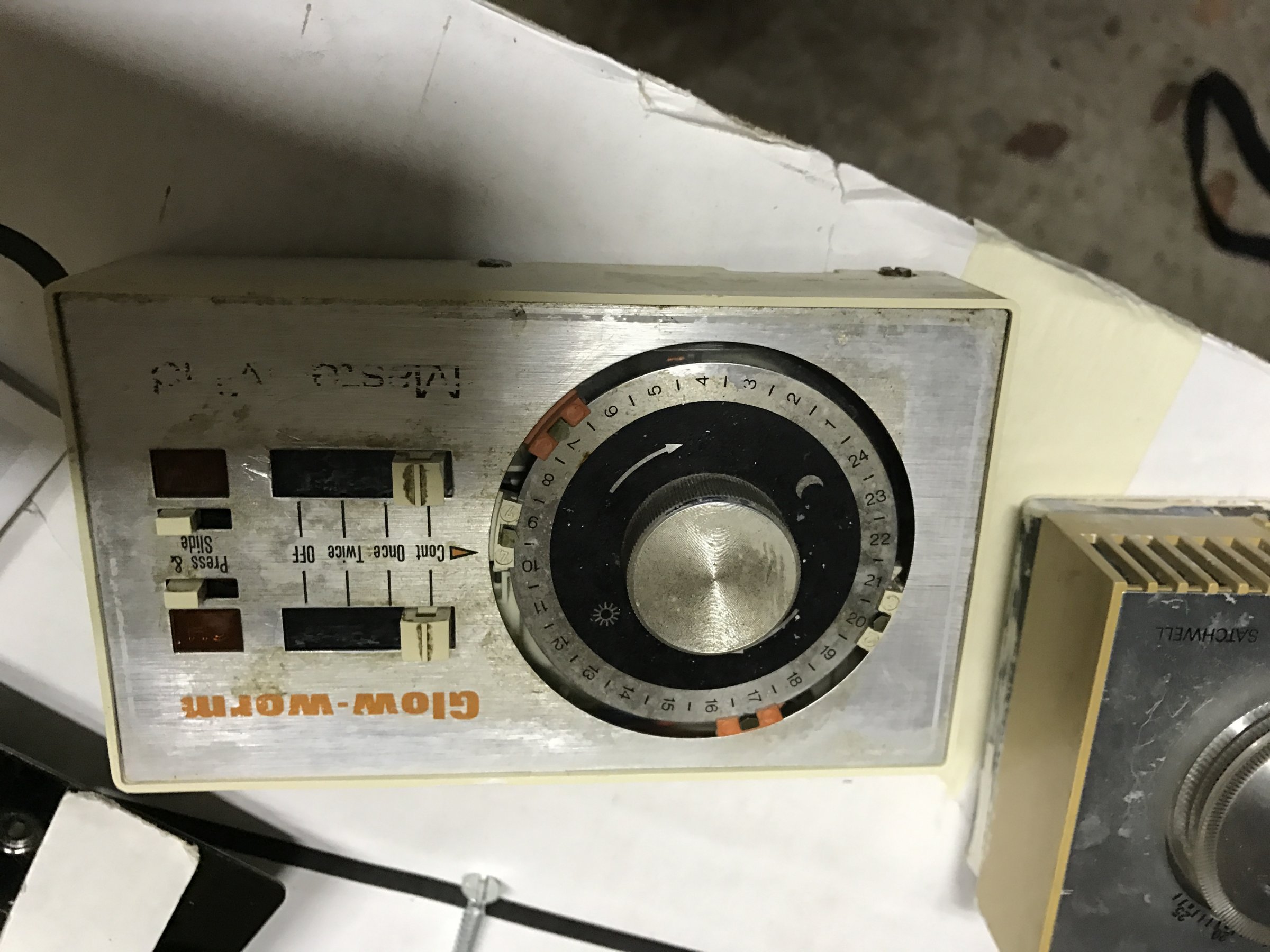- Joined
- 19 Dec 2016
- Messages
- 8
- Reaction score
- 0
- Country

Hi All,
I have recently purchased the 3rd Generation Nest Thermostat.
I managed to wire the heatlink up replacing the old controller next to the boiler. The thermostat connects perfectly and this now runs smoothly and I can trigger the heating on and off wirelessly.
My next task was to replace the old thermostat in my hall with the nest thermostat rather then plugging it in via USB.
Upon removing the old thermostat (Pictured). I found four wires, L,N, a yellow wire and earth. Using a multimeter I was getting 240v so I can't wire in the thermostat as being 12v it would just fry.
I have attached a picture of my heat link wiring, my old controller and old thermostat. Should I be wiring some of the wires from the old thermostat into T1 and T2 and if I do which ones?
Or is there anything I can do to reduce the voltage on the thermostat cabling?
Please see pictures below.
I have 18 people coming over for christmas next week and I'm getting an earful from the wife.
What can I do to wire in this thermostat and keep my heating!
Thanks in advance.
I have recently purchased the 3rd Generation Nest Thermostat.
I managed to wire the heatlink up replacing the old controller next to the boiler. The thermostat connects perfectly and this now runs smoothly and I can trigger the heating on and off wirelessly.
My next task was to replace the old thermostat in my hall with the nest thermostat rather then plugging it in via USB.
Upon removing the old thermostat (Pictured). I found four wires, L,N, a yellow wire and earth. Using a multimeter I was getting 240v so I can't wire in the thermostat as being 12v it would just fry.
I have attached a picture of my heat link wiring, my old controller and old thermostat. Should I be wiring some of the wires from the old thermostat into T1 and T2 and if I do which ones?
Or is there anything I can do to reduce the voltage on the thermostat cabling?
Please see pictures below.
I have 18 people coming over for christmas next week and I'm getting an earful from the wife.
What can I do to wire in this thermostat and keep my heating!
Thanks in advance.







